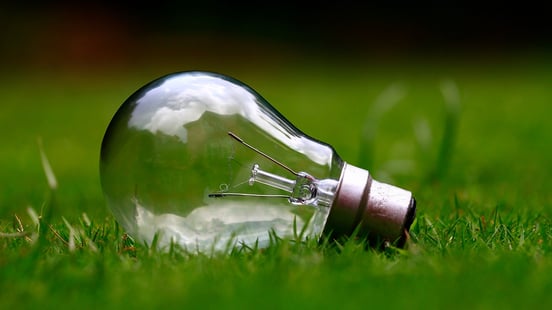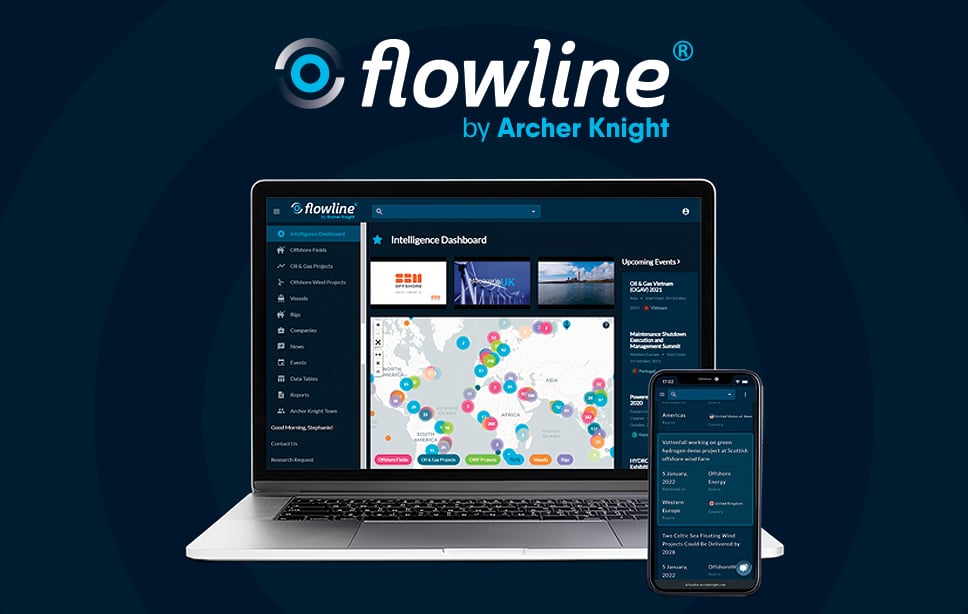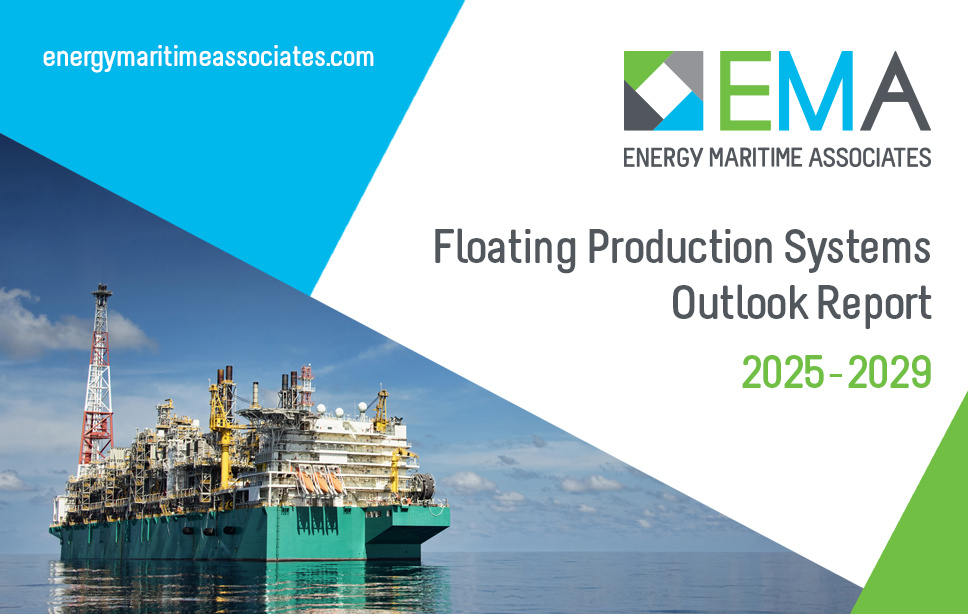
COVID-19 has brought green energy further up the agenda
Our energy use has changed dramatically in the last few months, the result of a global slowdown brought on by the coronavirus pandemic. It gives us some pretty serious questions about the role oil & gas plays in the future energy mix.
There’s no doubt world economies (and hence energy use) have slowed dramatically during the pandemic. This is particularly true for oil – according to the International Energy Agency (IEA) Global Energy Review 2020 demand fell nearly 30% for April alone.
Even before the COVID-19 lockdown, decarbonisation of the economy and the desire for industries to become ‘net zero’ was rising higher up the agenda. Various commentators have noted renewable energy’s growing proportion in the electricity mix. Notwithstanding the environmental benefits, electricity companies around the world will use the cheapest form of power available to them. With demand well below capacity, they will keep as much of their cheapest incremental plant running as operationally possible.
Top of that list in many cases will be renewables. With capital costs already sunk, incrementally fossil fuels will be more expensive as they bear a fuel cost. So, commercial, as well as environmental, considerations have pushed renewables to become a bigger percentage of our electricity mix.
What happens when energy demand returns?
Energy demand is already starting to recover. A recent IEA report estimates it could be back to within 3% of pre-COVID levels by the end of the year (these assumptions depend on the course of the pandemic), so what happens when things return to ‘normal’? Can renewables continue to take a growing share of the market?
While costs are dropping to where renewable energy is competitive with fossil fuels on a levelised basis (cost per unit of energy including capital and operating costs over their lifetime), its main (and nearly only) market is electricity, accounting for only about 20% of global energy use – the UK is right on the average. If things do return to normal in a short timeframe, with most of our current energy infrastructure set up to use fossil fuels, there will be no option but to return to using fossil fuels as before to keep up with demand.
In the medium term, we can expect renewable energy to grow exponentially as energy demand continues to increase principally in China, India and the developing nations, but we are still going to be using more fossil fuels year on year for the next 10 to 15 years, as the growth in renewable energy is simply not enough to cover overall rising demand.
Renewable energy faces three main barriers to growth: capital investment for generating plant and the hardware to bring renewable power to market; intermittency; and lack of grid-scale storage solutions. While the economic impact of the pandemic will not affect the latter two reasons, governments will not have capital available to fund an acceleration in renewable energy which will cause the rate of growth of renewables to slow, at least in the short term.
And the other issues with speeding up the growth in renewable energy of getting it to market and lack of storage are not going to go away, even though much work has and continues to be done on these issues.
Growing renewable energy use means increasing the amount of energy consumed as electricity. An obvious way is increasing the use of electric cars, but for this to happen on a massive scale requires large investments in generating plant, transmission systems (the grid) and widely available charging stations or battery change out stations. China, the world leader in electric car use, has a system where the car battery is changed out rather than charged in the car. There are issues with this, including the need for standardisation and so far in Europe we have gone for charging stations.
To solve the intermittency issue, there needs to be a commercial storage system that will work on a massive scale. So far, despite much research, there is no obvious answer. The biggest projects are pumped hydro, with compressed gas and various batteries also available, but there is nothing that looks to be capable of allowing sufficient energy storage. In Scotland, the largest hydro facility, Cruachan, at maximum power, can only supply around 10% of the country’s electricity requirement – and that’s for just a few days. It would take many more Cruachans to give us sufficient storage to secure the UK’s electricity supply from renewable sources and even if there were sufficient suitable sites, this would take a huge amount of capital and use large tracts of land. The picture is much the same globally (on a much larger scale). China is outstripping the rest of the world, having under construction a storage capacity to a scale that will allow a large uplift of renewable energy in its mix.
So, as we come out of lockdown, what’s the future for the energy mix? Initially, there’s no option but to return to somewhere very near where we were pre-COVID, using existing plant and infrastructure. Renewable electricity generation will continue to grow its market share, though there may be a hiatus due to lack of capital availability.
Oil & gas isn’t a bit part player. The industry currently supplies about half the world’s energy needs and while globally there’s a will to reduce fossil fuel consumption, oil & gas will still be needed to provide affordable energy for some considerable time to come.
However, oil & gas companies are determined to be part of the journey to net zero. We have already seen high-profile announcements from the likes of BP, Equinor and Shell on their decarbonisation ambitions. The supply chain wants to be part of this journey too, and with its considerable expertise and financial muscle, will continue to be a big part of shaping the world’s energy supply. It’s far too early to consign the industry to the annals of history.
John Scrimgeour is the Archer Knight Chairman. Contact him here.
Archer Knight can help your business find opportunities in the changing energy landscape. For more information visit us here or contact us at info@archerknight.com

3 min read
Three ways Flowline is helping clients win more business
How our SaaS platform is helping bridge the gap between market intelligence and market share. Energy production is changing. How can we...

2 min read
Speakers announced for inaugural Floating Energy Forum
It’s an exciting time for the offshore sector. Floating energy is a growing and competitive area of interest from right across industry. Archer...

2 min read
Experts give their views on future of floating energy
Inaugural event helps industry leaders understand the challenges ahead Technological innovation. Learning from experience. Collaboration....



